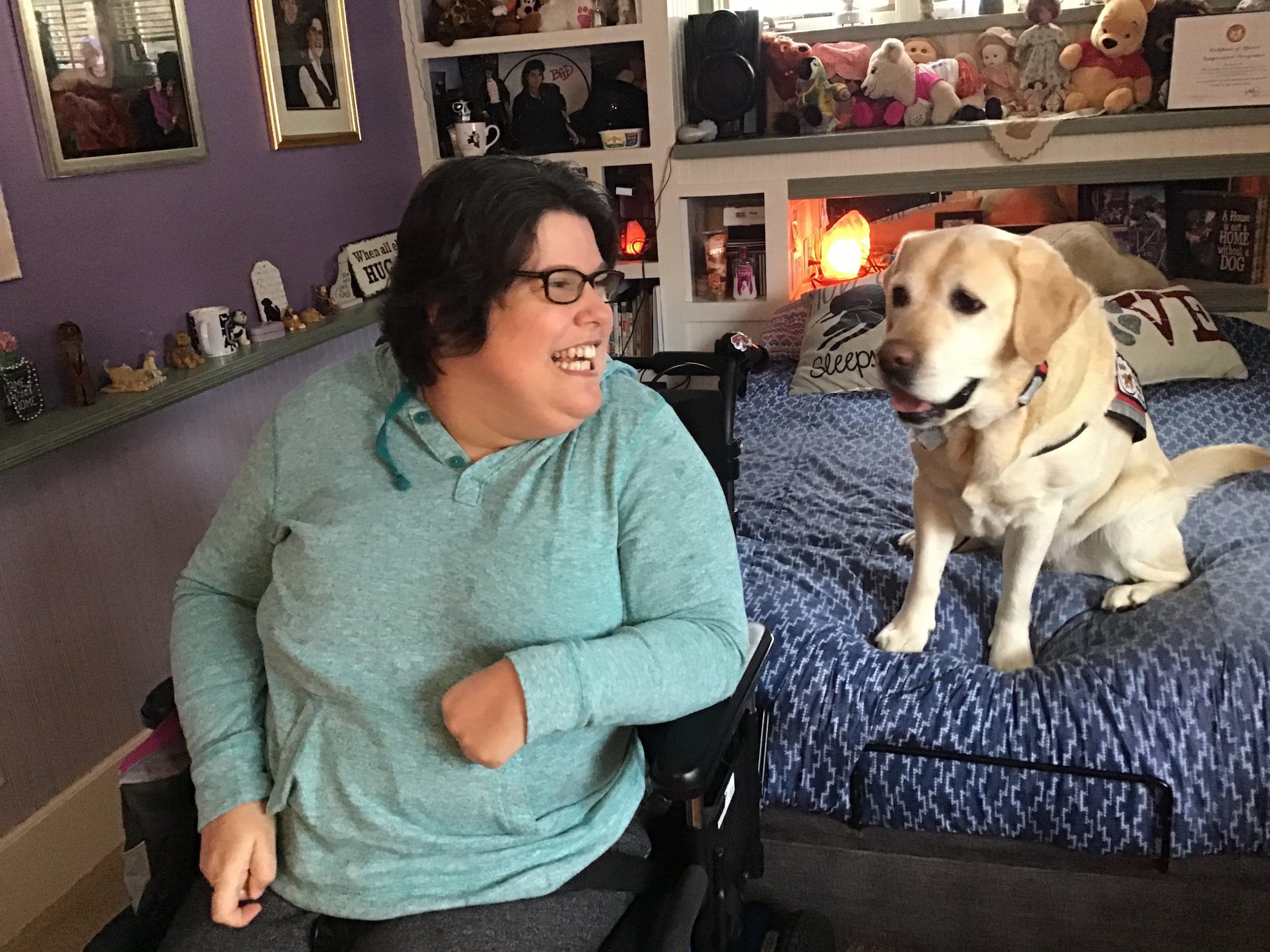The Loss of Normalcy: Coping with Grief and Uncertainty During COVID-19
COVID-19 has disrupted our lives in many ways. The stress of social distancing and loss of routine, compounded with health and job concerns, has caused grief and anxiety levels to increase. What we thought of as “normal” is in transition, and we need to redefine how to cope with these changes.
Reasons people feel grief
Grief is a natural feeling accompanying any kind of loss. Typically, grief is associated with losing a loved one to death. With COVID-19, people are experiencing grief related to the loss of routines, livelihoods and relationships. While it is always good advice to be thankful for what we have, it is also important not to minimize the pandemic or its associated losses. Also challenging is that we do not know how long we’ll be impacted by COVID-19. With no clear end in sight, feelings of grief can intensify and make people feel less in control.
Grief shows itself in different ways
It’s perfectly normal to grieve when you can’t celebrate your child’s birthday, your friend’s graduation, your honeymoon or other important life events. It’s important to know that we all grieve differently. Some people may experience feelings more intensely than other people. We shouldn’t make judgments about how someone grieves. There is nothing wrong with having emotions; it is a common response to loss. When we don’t express our feelings, they can get stuck in our bodies, causing physical illness and/or depression.
Listed below are some of the common emotions people experience when grieving, and they may be heightened because of the pandemic.
- Shock, disbelief and denial
- Anger
- Fear
- Guilt
- Helplessness
- Anxiety and depression
- Acceptance and hope
- Relief
Complicated grief
In the current environment, any losses experienced now have additional layers of complexity and depth. Likewise, if we’ve had previous traumas from earlier stages in our lives, the stress of the pandemic might bring up past life experiences that were painful. It’s important to be sensitive to those potential triggers.
COVID-19 has brought on many situations: not being able to say goodbye, to have a funeral service, to grieve because of taking care of others, dreams put on hold, etc. We don’t have the same levels of support due to the quarantine, such as being able to see loved ones and friends. For these reasons and others, it is important to develop coping skills to help get us through this difficult time.
Understanding grief
Part of what gives comfort during challenging times is understanding the healing process.
- Grief can be an ongoing process. It can take on different forms and meanings and with time; the intensity and feelings of grief do change.
- Grief doesn’t mean you obsessively think about what has happened. It is important to allow yourself to deal with the feelings, but obsessively thinking about the pain and fear will only make the feelings worse and can trigger anxiety.
- Grief does not mean “forgetting.” If you have experienced a significant loss or you have missed out on a long-planned event, it is okay to think about who or what you will miss. Part of the grieving process involves keeping your loved ones and/or cherished dreams with you emotionally, as they are still a part of you even if they are no longer a physical reality.
- Grief involves growth. Whether it is coping with the death of a loved one, going through a traumatic event or dealing with the loss of a job, no one chooses these experiences. Working through grief and sorting through intense emotions can help you learn new things about yourself and discover new strengths that can result in emotional growth and maturity. In this way, loss sometimes yields gifts.
How to help yourself
- Build a virtual support system. In the era of social distancing, be creative about how to give and receive support. It’s important to turn to friends, co-workers or family members for support. People like to be of service. Giving and receiving are part of the same equation and benefit all.
- Focus on hope. We all have times when we feel hopeless. Being hopeful helps you realize that we all have tough times and that those times will pass, as will the feelings associated with them.
- Take care of yourself. The mind and body are connected. When you feel good physically, you also feel better emotionally. When you feel sad, do not be influenced by how others think you should grieve. It’s important to feel whatever you feel without embarrassment or judgment. It’s okay to be angry, cry or not cry. It’s also okay to laugh, find moments of joy and let go when we’re ready.
- Practice gratitude. Sometimes when people are in the midst of loss, they have deep moments of gratitude for what they once had. Practicing gratitude trains our minds to change our thinking and to see the glass as half full.
How to help others
- What to say. It can feel awkward when conversing with someone going through grief. You may wonder what to say ornot say; however, don’t avoid the topic or be afraid to bring it up. Open the door for the grieving person to talk about their feelings. It’s not helpful to say things like, “There’s a reason for everything,” or ” “I know how you feel.” Instead, you can offer a simple expression of sorrow, such as “I’m sorry you’re going through this,” or “I don’t know how you feel, but I’d like to help in any way I can.”
- Sometimes the best thing to say is nothing. Or very little. A grieving person may need to tell their story again and again as part of the process. Be willing to listen without judgment. A good rule to follow is to listen 80 percent of the time and talk the other 20 percent. Your presence can be comforting to a grieving loved one, and you don’t have to do anything special. Often, grieving people just don’t want to be alone.
- Avoid giving advice. Unless someone specifically asks for your advice, it isn’t your place to give it. Grieving people need to do things in their own unique way.
- Don’t take things personally. When people are in profound emotional pain, they can cycle through a whole range of feelings, including irritability and anger. If a grieving person snaps at you, or doesn’t feel like engaging, don’t take it personally. It’s not about you.
- Offer to help. Grieving can make the demands of daily living feel overwhelming. Many times, the grieving person does not want to burden others by asking for help. Don’t wait for them to ask. Instead, offer to help by bringing over dinner, shopping, gardening, etc. During the quarantine, there might be a limit to what you can physically do to help, but you can still take on tasks for the individual to relieve some burdens.
For more information and tips, visit MagellanHealthcare.com/COVID-19.
 Aaron & Ian
Aaron & Ian Kinsley & Teal
Kinsley & Teal